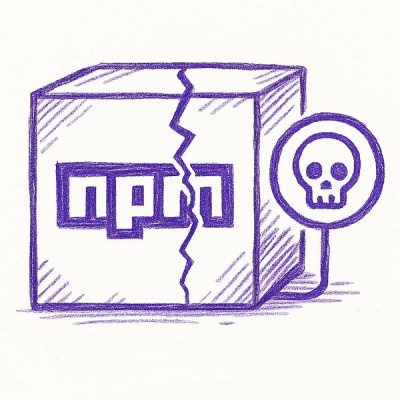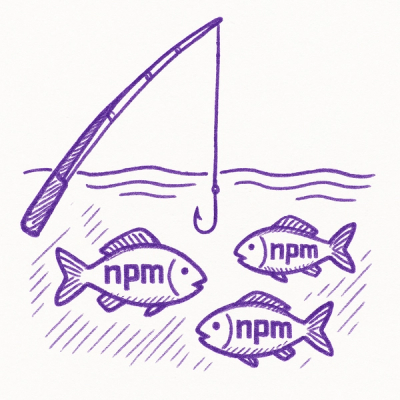
Security News
Bun 1.2.19 Adds Isolated Installs for Better Monorepo Support
Bun 1.2.19 introduces isolated installs for smoother monorepo workflows, along with performance boosts, new tooling, and key compatibility fixes.
Dmake is the missing link between Docker and your Cloud Provider (AWS / Azure / other).
Dmake makes Docker and cloud-based CI/CD easy:
Dmake is a frontend to Docker+Swarm, providing sensible defaults for usual CI/CD tasks such as:
We are making a few assumptions for now:
Without dmake:
...hours of fiddling, docker-compose start/stop commands with ever-growing parameters...
With dmake:
$ dmake config
Without dmake:
$ DEPLOY_ENV=dev docker-compose -f my-project/docker-compose.yml -f my-project/docker-dev.yml start
With dmake:
$ dmake stack start
$ dmake config --env=test
$ dmake config --env=staging
$ dmake config --env=prod
$ dmake stack exec /bin/bash
dmake makes your development, releases and deployment operations WAY simpler and streamlined with Docker+Swarm.
It practically makes your project fool-proof for users who don't know or do not want to learn all about Docker.
But it allows power users to save time and energy by providing convenient frontends to most operations.
The only thing you have to do is describe your project architecture in the 'provision/' directory. And we provided a few tools to get you started right away.
Suppose you want to build an architecture with 3 different Ubuntu containers. The first thing is to get them running with Docker, as you'd do with your usual containers anyway.
Then we provide a few shortcuts to convert this machines into your docker-compose files. The rest is copy/paste. Easy.
For example, let's create a project and run 3 containers that just wait forever::
$ mkdir sandbox # Or you can start from an existing git repository
$ cd sandbox
$ docker run --name my_container1 ubuntu sleep infinity &
$ docker run --name my_container1 ubuntu sleep infinity &
$ docker run --name my_container1 ubuntu sleep infinity &
You've got an Ubuntu container running and waiting forever. Let's integrate it into our project.
$ dmake config
We've now created a provision directory with all the necessary files to have your architecture up and ready. You just have to start it right away:
$ dmake stack start
=> Et voilà. Your stack is up and running again.
From there you can make changes to your existing containers and if you want to update your containers according to the current configuration, just execute again:
$ dmake config
$ dmake stack stop
$ dmake stack start # (should implement dmake stack restart, sorry)
Then, from your project's root:
$ dmake
$ dmake -h
$ dmake status -h # From an in-depth review of how your files should be layed out.
Use a virtualenv, pretty please. The rest is pretty easy:
$ pip install -e . $ pip install pytest $ python -m pytest [--skipslow]
or
$ make test
(useful for internal folks)
$ make $ make release $ make dist
Username is 'ncube' Password is in the vault ;)
FAQs
A Docker+Swarm-based CI toolset frontend
We found that dmake demonstrated a healthy version release cadence and project activity because the last version was released less than a year ago. It has 1 open source maintainer collaborating on the project.
Did you know?

Socket for GitHub automatically highlights issues in each pull request and monitors the health of all your open source dependencies. Discover the contents of your packages and block harmful activity before you install or update your dependencies.

Security News
Bun 1.2.19 introduces isolated installs for smoother monorepo workflows, along with performance boosts, new tooling, and key compatibility fixes.

Security News
Popular npm packages like eslint-config-prettier were compromised after a phishing attack stole a maintainer’s token, spreading malicious updates.

Security News
/Research
A phishing attack targeted developers using a typosquatted npm domain (npnjs.com) to steal credentials via fake login pages - watch out for similar scams.